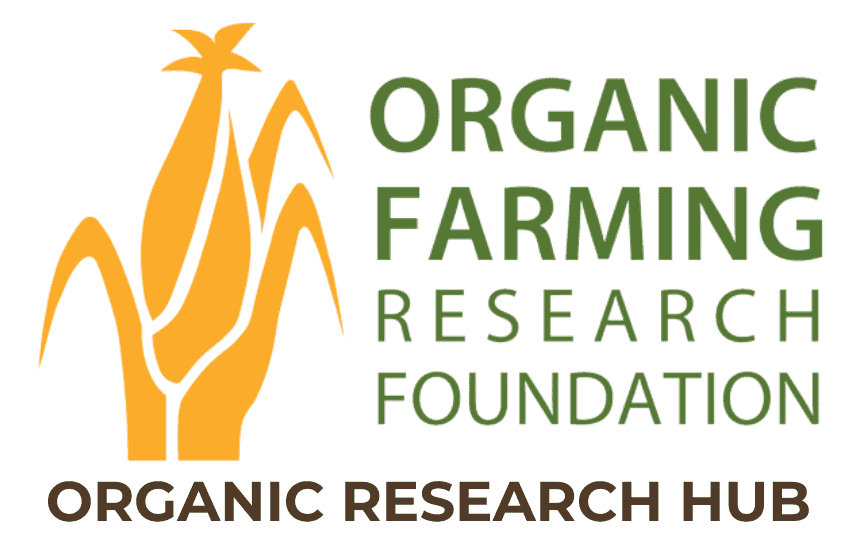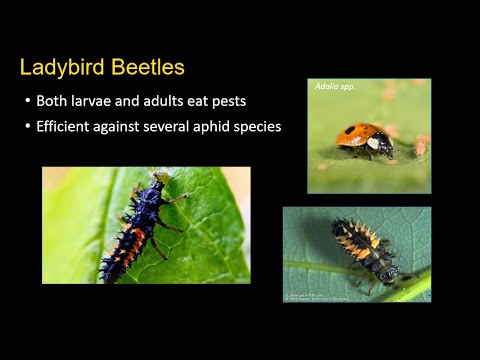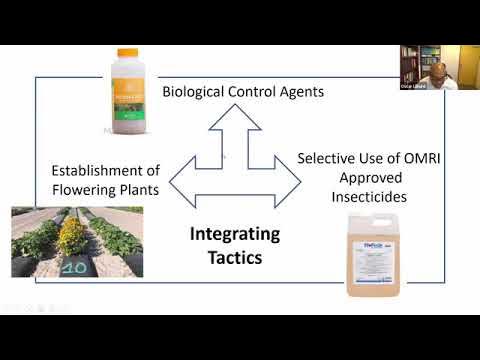Enhancement of Biological Control with Insectary Plantings
John Luna, Oregon State University

The use of “beneficial insectary” plantings in agricultural ecosystems has been promoted as a strategy to enhance the effectiveness of natural enemies for biological pest control. This report describes the activities and results of field experiments conducted to investigate two main questions: 1) the relative attractiveness of selected insectary plant species to pest species, predator hoverflies, and coccinellid beetles, and 2) whether insectary plantings adjacent to a broccoli field can enhance biological control of cabbage aphids. The three main flower-feeding pests (Western spotted cucumber beetle (Diabrotica undecimpunctata), imported cabbage worm (Pieris rapae), and lygus bug (Lygus spp.)) greatly preferred phacelia (Phacelia tanacetifolia) and buckwheat (Fagopyrum esculentum) flowers over alyssum (Lobularia maritima) and coriander (Coriandrum sativum). The story with predatory hoverflies was not as clear, with all flower species serving as food resources, but with preferences among flowers varying among years and sites; generally, alyssum and coriander were more preferred by hoverflies. Coccinellid beetles preferred both buckwheat and coriander to alyssum and phacelia.
In this study, there was no reduction in cabbage aphid (Brevicoryne brassicae) population density as a result of planting insectary flowers adjacent to broccoli fields. This may be because hoverflies appeared in the broccoli very late relative to the phenology of the cabbage aphid, which may have reduced their effectiveness as a biological control agent.
Region
Western
Topic
Conservation and Habitat, Insect/Pest Management
Category
Vegetables/Fruits
Date Range
2000 and earlier
Funding Amount
$5,000
Funding Year
1998Location
Corvallis, Oregon
Collaborators
Paul Jepson, Oregon State University



